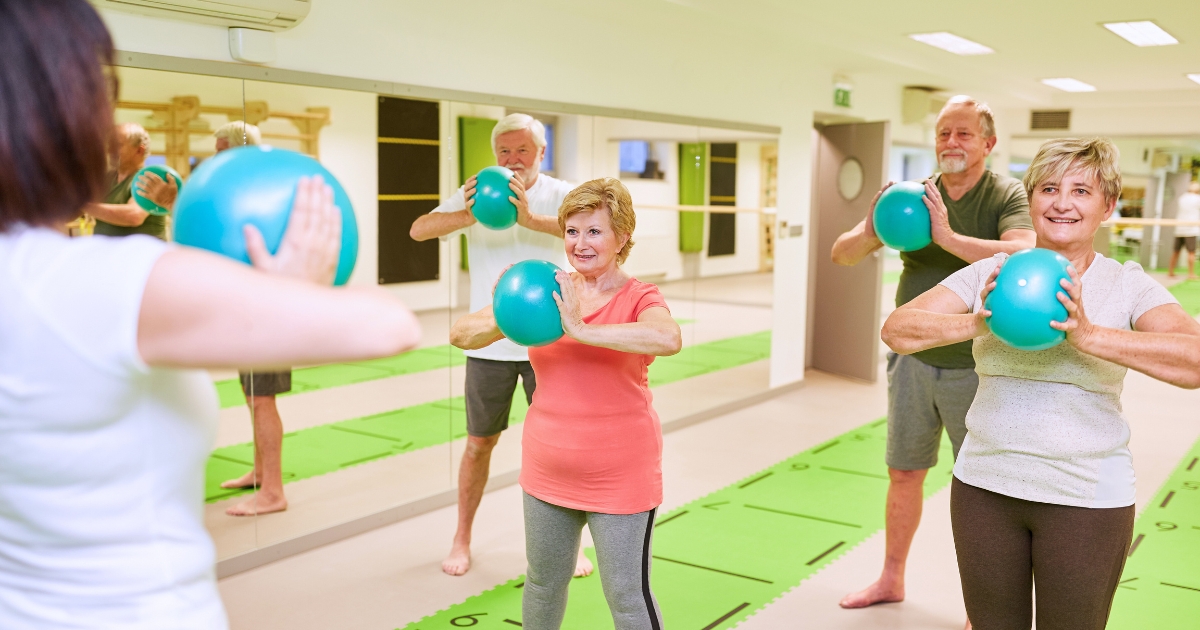3 Benefits of Non Contact Exercises for Parkinson’s Disease

Parkinson’s disease is a complex neurodegenerative condition that affects more than just body movements. Its impact extends to a patient’s emotional and mental well-being, often leading to a gradual loss of independence and a decline in the quality of life. While there’s no cure, mounting evidence suggests that non-contact exercises for Parkinson’s patients can be a game-changer for those battling this condition.
Exercising regularly is more than just a means to maintain one’s fitness. For individuals with Parkinson’s, it’s a tool that can address specific motor challenges, improving physical health and mental resilience. As we highlight Parkinson’s Awareness Month, let’s dive deeper and explore the transformative path of non-contact exercises for Parkinson’s patients.
1. Fostering Inner Strength Through Non-Contact Exercises for Parkinson’s
The essence of non-contact exercises for Parkinson’s patients lies in their gentle yet profound impact on the body. These methods offer precious opportunities to strengthen their muscles, enhance balance, and retain flexibility without the risks associated with strenuous, high-impact activities.
The low-impact nature of exercises such as yoga, Tai Chi, and swimming makes them particularly suitable for those with Parkinson’s, addressing issues like postural instability, tremors, and gait complications. Residents at Menno Haven, a community that champions an active approach to aging, experience these benefits firsthand as they engage in non-contact exercises under the guidance of trained professionals.
2. A Personalized Workout Plan of Exercises for Parkinson’s
Designing a workout plan of exercises for Parkinson’s patients is not a one-size-fits-all approach. It requires careful consideration of the person’s current physical state, health status, and individual goals. At Menno Haven, specialized exercise programs cater to these needs, combining elements of occupational therapy and adaptive techniques to ensure safety and effectiveness.
By creating a tailored routine that encompasses a warm-up, core exercises, flexibility drills, and a cool-down, individuals with Parkinson’s disease can progress in their physical pursuits. These sessions are not just about the exercise itself; they are also an opportunity for community-building and establishing support networks, which are invaluable for those on Parkinson’s journey.
3. Overcoming Obstacles With Non-Contact Exercise
One of the most insidious threats to individuals with Parkinson’s is the risk of falling. Non-contact exercises for Parkinson’s patients directly address this by fostering a sense of spatial awareness, control, and muscle strength. Regular participants in non-contact exercise programs often report a significant reduction in fall incidents and an improvement in their overall sense of stability.
In addition to physical safety, these exercises contribute to emotional well-being, countering the isolation and depression that are all too common among those with chronic conditions. A serene yet empowering class environment can serve as a haven of support and motivation, encouraging Parkinson’s patients to continue their proactive stance against the disease.
The Journey to Wellness Continues at Menno Haven
The quest for improved health and vitality is continuous. Menno Haven’s commitment to non-contact exercises for Parkinson’s patients is a pillar of care that is evident in the success stories of its residents.
For residents looking to take the first step in integrating these beneficial activities into their routine, Menno Haven offers a variety of resources and skilled professionals to guide them on their path to a more fulfilling life with fewer constraints from Parkinson’s.
Discover the positive impact of non-contact exercises on Parkinson’s patients and explore tailored exercise programs at Menno Haven. Contact us to start your journey toward better health and mobility today.

